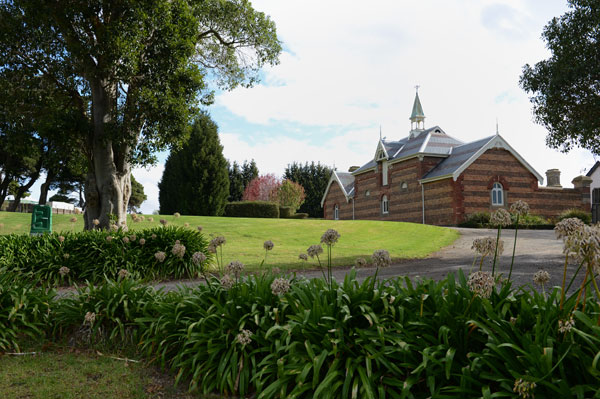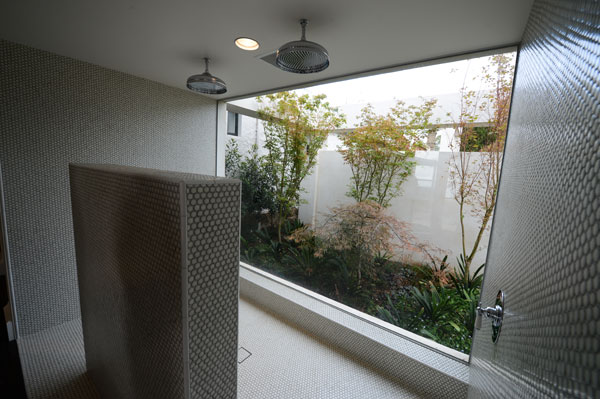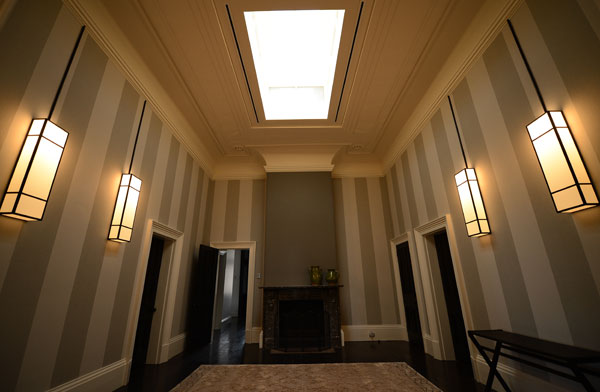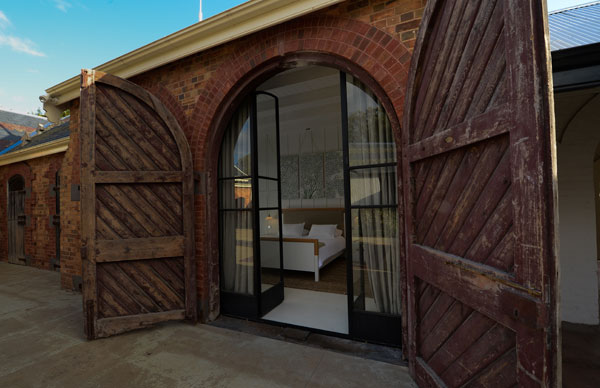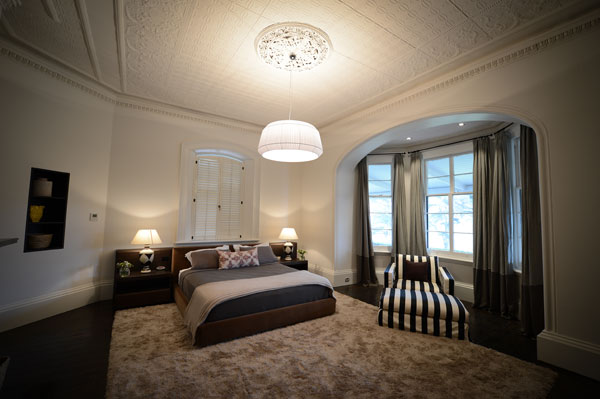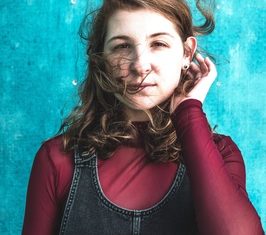Writer Noel Murphy and photographer Reg Ryan enter a unique amalgamation of Bellarine Peninsula history and contemporary Geelong style.
SHE’S the queen of the Bellarine. Cloaked in pine, sandstone and the diamond sparkle of Corio Bay, crowned with pine, cypress and oak. Waited on by courtiers of spectral form, historic renown and moneyed disposition.
Welcome to the elegant, redoubtable, even haunting, Spray Farm.
This stunning 1851 homestead _ amid a 59-hectare property sprawled across the rolling hills of Balla-Wein _ is not just a celebrated example of Victorian architecture, it’s also a showcase of evolution.
And a showstopper at that, too, as it seamlessly melds the old, the new and the in-between to make a knock-out piece of real estate worth, according to realtors, something in the order of $20 million.
That’s not spare change, of course, and the changes effected to this Victorian Gothic in recent years reflect that. Design, style, heritage, building, craft and trade experts have pored over this queen since it was bought from the Browne family of Scotchman’s Hill renown by Rick Jamieson of Black Caviar renown in 2010.
What 20 years ago was a sorry, dilapidated mess of crooked wooden shutters and untended coach houses, stables and homestead has been restored. Not so much to its original form _ just what might be considered original is kind of perjorative anyway, for this property has always been a kind of work in progress _ but restored to reflect its varied phases.
The new extensions, some of the finest in contemporary architecture, sit comfortably with the restored older sections of the property. Think imported Italian marble, cool sandstone, stained Baltic timber alongside grey slates, ochre bricks, soaring gables and spires. Coach houses, stables and pressed-metal ceilings with modern mezzanines, polished granite baths, steel-framed windows.
It now boasts seven bedrooms and six bathrooms a large living/kitchen area with adjoining dining room for 14, a cigar bar lounge, picturesque stone patios and terraces, office, formal hall reception, a large cellar, massive courtyard.
And all this in an environment of parasol pines, avenues, vineyards and sweeping vistas across the slopes to Corio Bay, the You Yangs and Melbourne.
It doesn’t look as haunted as it once did.
Which isn’t to say Spray Farm’s not haunted. The stories of spectres have persisted for too long to be dismissed out of hand.
But it does seem the ghost of Fanny Clee, daughter of pioneer Charles Ibbotson _ whose name was synonymous with Dalgetys and Newtown’s The Heights and who bought the property in 1865 _ is perhaps enjoying the restoration and upgrade.
Fanny, raised to be a paragon of Victorian female society, caused convention to go awry when she chose the family’s groom, John Clee, for a husband rather than a gentleman of greater means and scarpered away to Ballarat.
Estranged from her heart-broken father, it was a great many years before the two reconciled, but Fanny eventually saw out her days at her childhood home among the magpies, king parrots and rosellas whose warbles and squawks reverberate across the hills.
Why she’s deemed to be the ghost is rather unclear but reports of overnight visitors sent packing by unexplained noises _ floorboards groaning, windows rattling, doors slamming shut _ even a bride refusing to stay there on her wedding night, ensure the story survives.
Heritage advisor David Rowe, who worked closely with Melbourne’s Artisan Architects on the renovations, isn’t too sure about ghosts.
What he does know about Spray Farm’s architectural fabric, however, is prodigious. And his input ensured heritage elements were both safeguarded and re-introduced, with some innovative thinking.
“The interesting point is this property was developed and changed in the 1850s, ’70s, ’80s and the 1930s,’’ Rowe said.
“Basically, you have this evolution and development where some is important and where some is not.
“Where the new works have occurred, it’s been attached to the newer parts of the building. The owner had a very strong interest in maintaining the building’s original ambience.’’
Spray Farm dates backed to 1851, early in the district’s history and only 15 years after settlement.
It was designed by Geelong architect John Young for British Army officer Captain Charles Conway Langdon and initially named “Ellenvale’’ for Langdon’s better half, Ellenore.
Spray Farm has proved itself an ever-changing chameleon down the years and it seems little is about to change.
When bought by the Browne family in the mid-1990s it was rescued, restored and turned to a range of functions: open-air international concerts, Olympic equestrian training, a smart café, weddings, private events and more.
It’s hosted the likes of Matchbox’s 20’s Rob Thomas, Wynton Marsalis and the Lincoln Centre Jazz Orchestra, Lionel Richie, Joe Cocker, Rufus Wainwright and a string of talent closer to home _ Paul Kelly, Pete Murray, Tim Finn, The Seekers, Vanessa Amorosi…
After the Jamieson renovations, it’s a more private affair, one designed for a family and friends lifestyle.
Just what the future holds is unclear. By any measure, though, Spray Farm remains an exquisite retreat with breathtaking views and a wonderful heritage that’s integral to the Bellarine Peninsula.
Who knows? Maybe the ghostly apparition of Fanny Clee will make a re-appearance.


